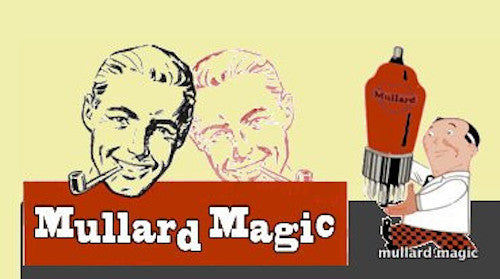
WHATEVER IS VINYL REVIVAL OR COME TO THAT A VINYL RECORD?
Share
Vinyl revival is a term that is frequently bandied about by the media on radio, TV as well as the music press to describe the renewed interest in listening to vinyl gramophone records that commenced at the start of 2007. Currently, vinyl records make up approximately 5% of overall music sales with digital downloads taking the largest slice of this market. That said, a total of 1.4 million vinyl records had been sold in the UK during 2015, volumes not seen for at least 20 years!!

So, what is a vinyl record, well, it’s a record made out of polymerized vinyl chloride acetate (PVCA), a thermoplastic which has a multitude of uses dependent upon the level of plasticisers used to modify it’s flexibility. Record PVCA has approximately 25% by mass of a commercial medium molecular weight phthalate plasticizer as part of the copolymer make up (- please remember this interesting fact for I shall come back to this in a future blog!).

The PVCA microgroove long-playing (LP) record was introduced to market in 1948 by Columbia Records and revolved at a speed of 331⁄3 rpm (often just referred to as the 33 rpm). It was available in two diameters; ten-inches which was a match in size for 78 records and of course the twelve-inch diameter that is so familiar today.
The first twelve-inch LP put on sale by Columbia was Mendelssohn's Concerto in E Minor by Nathan Milstein on the violin with the New York Philharmonic, conducted by Bruno Walter (ML 4001): -

The corresponding first ten-inch LP was The Voice of Frank Sinatra (CL 6001).

RCA Victor were incandescent for they had dallied with 33 rpm shellac discs in the early 30s as a means for storing cinema and radio programmes so were pretty miffed that their competitor had stolen their thunder. As a response, they scrambled to grab a slice of the market by launching their vinyl 45 rpm format in 1949 giving the world a replacement for the 78 record and sure enough they became the preferred format for singles, though in the early days, boxed sets of 45’s were offered as albums but these didn’t really catch on, after all, who wants a box when a single sleeve will do!

The LP record although considered arcane by some, really is a marvel of engineering when you consider that typically, the average LP has about 1,500 feet - approximately 1/3 of a mile of groove on each side. To trace that groove, a stylus must have the ability to navigate that groove at an average tangential stylus speed relative to the disc surface of approximately 1 mph. No wonder then that the entire record industry moved to make this the universal standard.
More on vinyl in my next blog where we’ll look at the evolution of vinyl as a medium and audio quality enhancements but, for the meantime, look at some smashing scarce vinyl HERE or some hifi related goodies HERE
